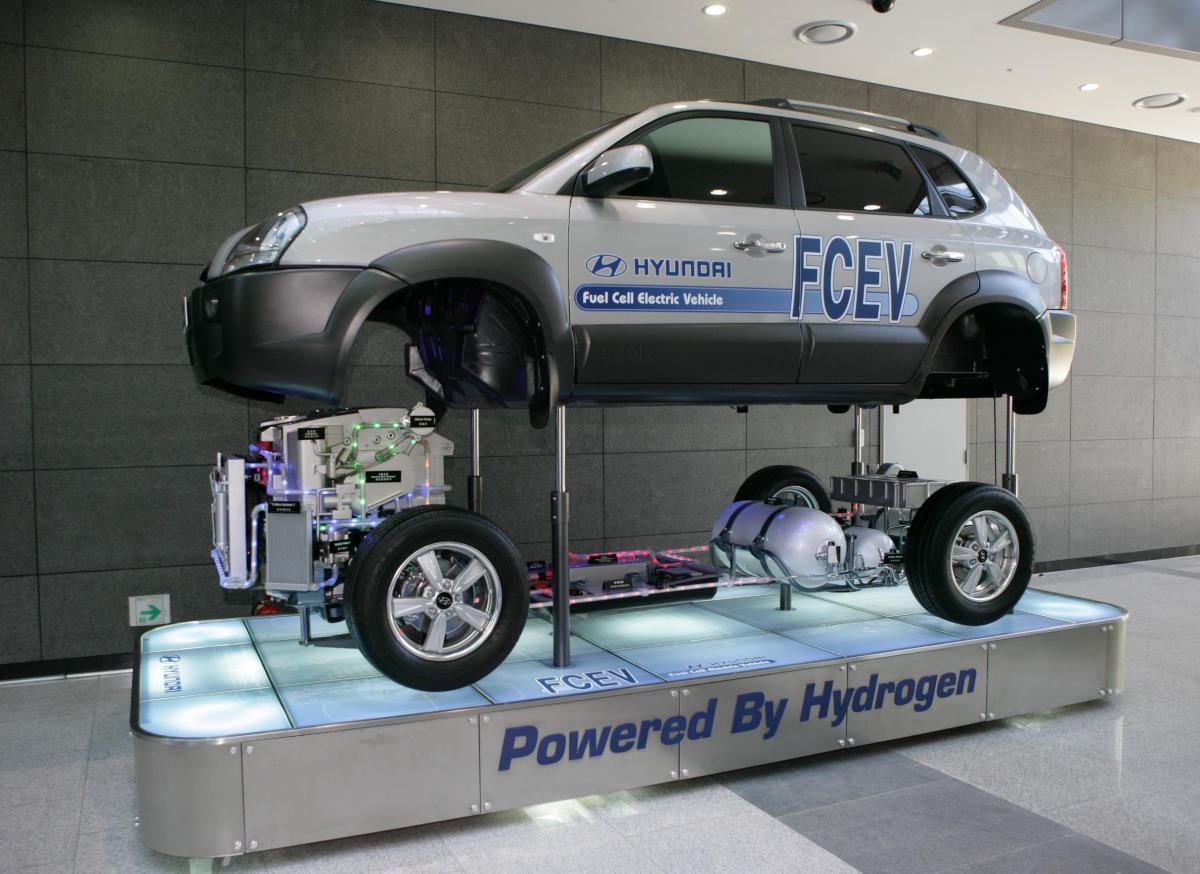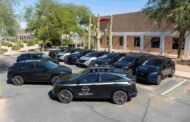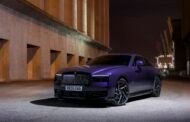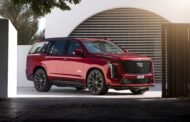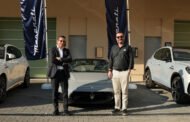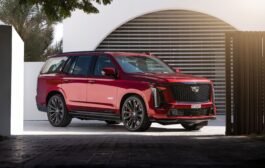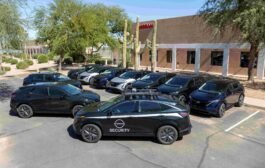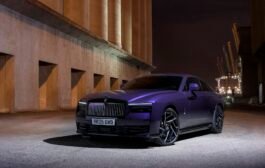A new study conducted by the renowned Stanford University has confirmed that from an environmental point of view, battery operated electric vehicles are better than hydrogen fuel cell vehicles. They reduce greenhouse emissions to a greater extent.
One of the reasons they study said we should prefer battery EVS is that other than cleaner transportation, hydrogen infrastructure provides few additional energy benefits for the community. In the case of electric vehicles though, their large-scale adoption would have an immense effect on the total energy, both in the case of buildings as well as transportation according to the main author of the study, Markus Felgenhauer, who is a doctoral candidate at TUM and former visiting scholar at the Stanford Global Climate and Energy Project (GCEP). He felt that all-electric battery vehicles offer users the benefits of considerably higher energy efficiency and lower cost and are hence a better choice for reducing carbon dioxide emissions.
The study focused primarily on California, as it is a US state where there is widespread use of consumer hydrogen fuel cell vehicles due to the availability of significant state incentives and subsidies. According to a press release that has been issued, as part of the study, the researchers created future scenarios for the Town of Los Altos Hills, a community that is located close to the Stanford University campus and has about 8,000 residents. In the next one to two decades, it is expected that there will be more widespread use of battery and fuel cell vehicles and their overall cost is expected to come down with the introduction of an electric grid.
In one scenario for the year 2035, it was assumed that electric vehicles would comprise 38% of the town’s vehicle fleet. Another assumption was that fuel cell vehicles would be powered by locally produced hydrogen that has been made with the cheapest available electricity, whether it was obtained from the electric grid or solar generated. Data about Los Altos Hills was fed to a computational model developed by the co-author of the study, Thomas Hamacher, a professor of electrical and computer engineering at TUM.
“We provided data on the amount of energy Los Altos Hills needs throughout the day, as well as financial data on the cost of building new energy infrastructures,” stated study coauthor Matthew Pellow, a former GCEP postdoctoral scholar now with the Electric Power Research Institute. He went on to state that they took into account all the possible costs including the cost of manufacturing solar panels, batteries, electrolyzers, and everything else. Then they asked the model to come up with the most economical way to meet the total energy demand of the community in the scenario for 2035. The researchers also evaluated compared the carbon dioxide emissions for each scenario and when it came to the overall costs, they found that battery electric vehicles are better than fuel cell vehicles for reducing emissions. In order to be more economical, according to Felgenhauer, fuel cell vehicles need to come with a much lower price tag than battery vehicles. In the near future though, fuel cell vehicles are expected to cost more than battery vehicles. Though hydrogen is expected to offer one additional benefit of storing surplus solar energy, the analysis for the 2035 scenario showed that only a small amount of solar hydrogen storage would be used for heating and lighting buildings.
The Stanford University group published its findings in a paper in the journal Energy. The researchers will be conducting more studies of a similar nature in other regions to support the findings of this study






